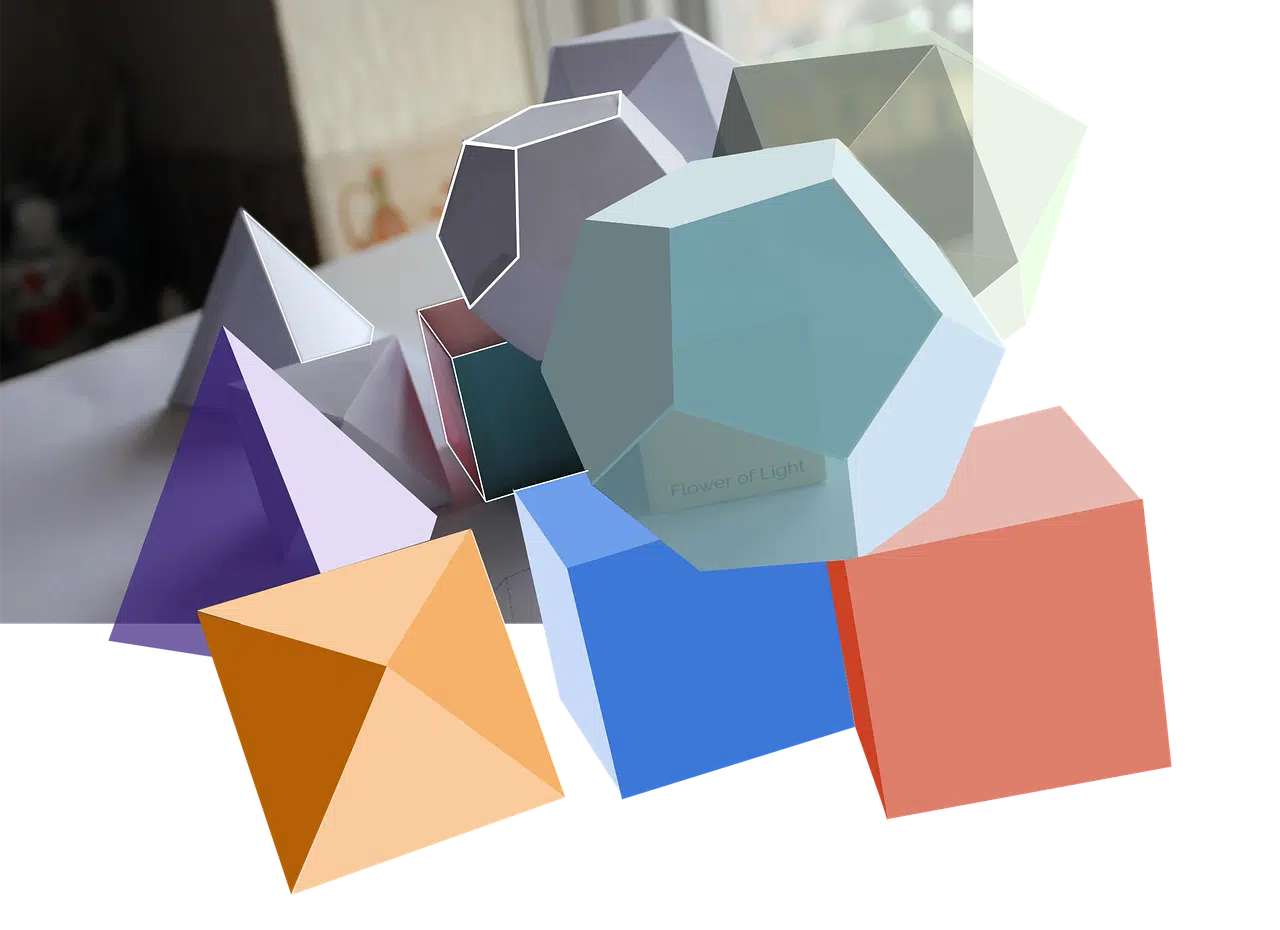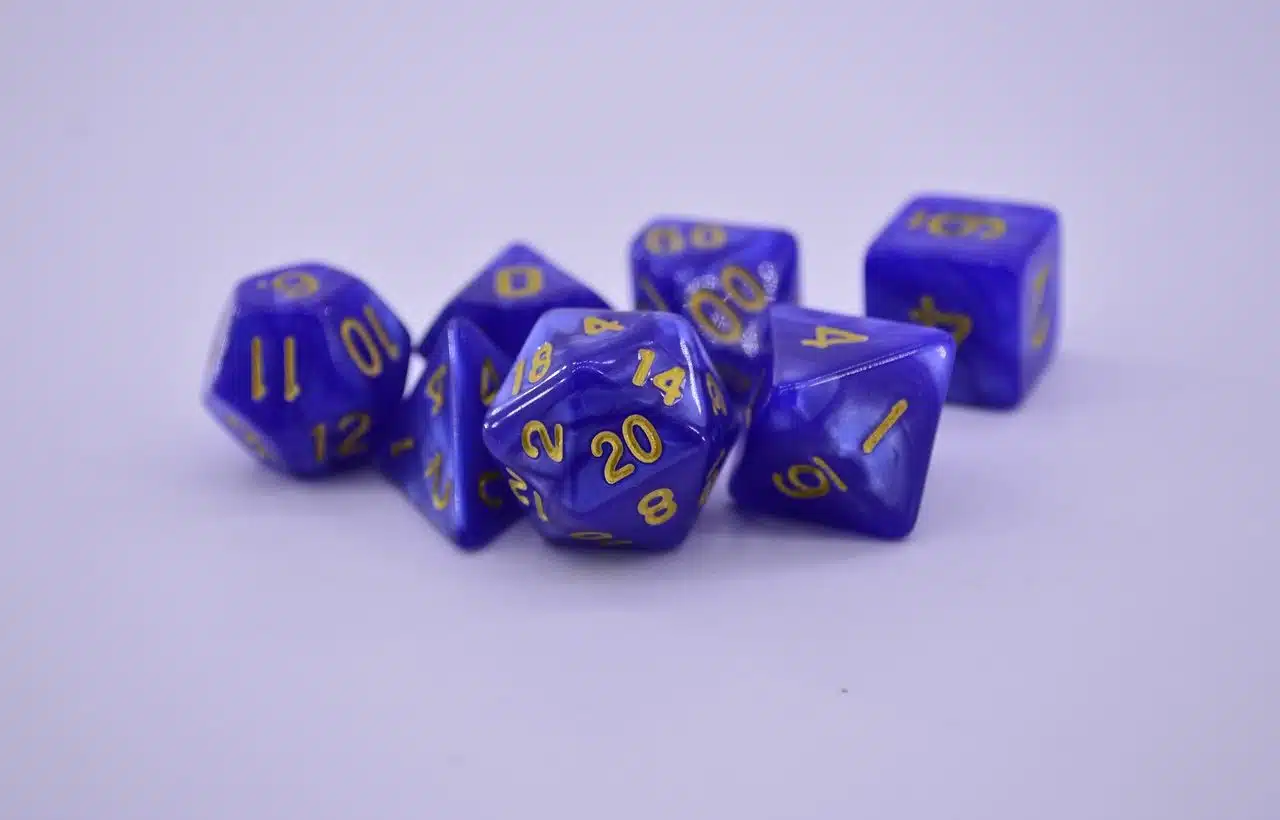
Polyhedra are a class of geometric elements.
Polyhedra are geometric elements that have flat faces and contain a volume that is not infinite. The etymological roots of the term, which are found in the Greek language, refer to "many faces" .
A polyhedron can be understood as a solid, three-dimensional body. When all its faces and angles are equal to each other, it is classified as a regular polyhedron . Otherwise it will be an irregular polyhedron .
Another possible classification is linked to the number of faces it presents. A polyhedron with six faces is called a hexahedron , a polyhedron with five faces is known as a pentahedron and so on, always forming the name with the corresponding Greek prefix (hexa, penta, tetra, etc.).
On the other hand, we can differentiate between concave polyhedra and convex polyhedra . Concave polyhedra are those that, when joining two points located inside the body, the corresponding segment comes out of the surface. On the other hand, in convex polyhedra , the segments that link two points of the interior space never leave the geometric body.
Examples of polyhedra
An example of a polyhedron is the cube , a regular polyhedron with four equal faces, whose interior angles are congruent to each other. This means that the dice constructed in this way are polyhedra. Boxes whose faces are squares also belong to the group of polyhedra.
Another example of a polyhedron is prisms : in this case, they are irregular polyhedra. It is important to highlight that the classifications are not always exclusive. The prism is an irregular polyhedron but, at the same time, it is a convex polyhedron.

Polyhedra are three-dimensional solid bodies.
Classification of solids
Polyhedra are classified into various families, two of which are listed below:
- Platonic solids : these are those that have equal faces and angles and are convex . There are only five polyhedra in this family, which are the cube, the dodecahedron, the tetrahedron , the octahedron and the icosahedron. This family is essential, since others are derived from it, such as the Archimedean solids .
- Archimedean solids : they are convex, their vertices are uniform and their faces are regular (but not uniform). There are only eleven, and some of them are achieved by truncating the platonic ones, that is, cutting their vertices or edges. Some of the Archimedean solids are the truncated cube, the rhombicuboctahedron, the rhombicosidodecahedron and the truncated icosidodecahedron.
Dual polyhedra
A dual polyhedron is known as one whose vertices correspond to the center of the faces of a second polyhedron. Let's look at some curious facts : the dual polyhedron of a dual looks like the original; the dual of one with equivalent vertices also has equivalent faces; that of a polyhedron that has equivalent edges will also have equivalent edges. Associated with this classification are the Kepler-Poinsot and Platonic solids, among other regular polyhedra.
Although several kinds of duality can be recognized from which to relate two figures, among the most used are polar reciprocity and topological duality . Let's see below the definition of these concepts:
- Polar reciprocity : generally, to define duality by talking about its polar reciprocity, a concentric sphere is taken as a reference, so that each pole (or vertex) is associated with a face and its plane (called polar ), in such a way that The imaginary line that passes through the vertex and the center is perpendicular to said plane and the square of the radius can be obtained if the product of the distances from each side to the center is made.
- Topological duality : When a dual polyhedron is distorted so that it can no longer be obtained by reciprocity, the original and current one can be said to be topologically dual, but not polar reciprocals.
